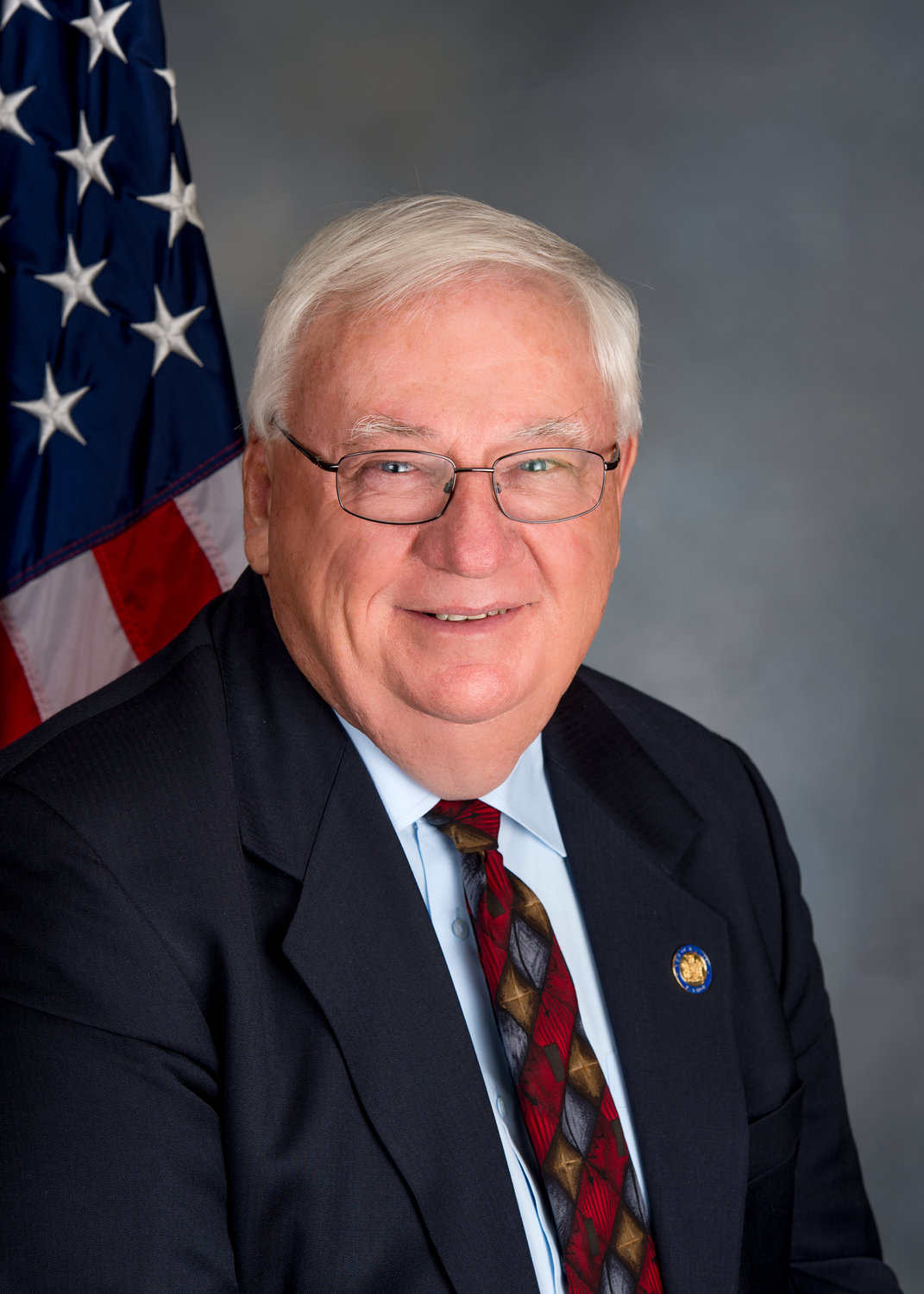Brooks outlines long haul to economic recovery
Economic recovery not short-term fix
It would be difficult to conclude from the volume of traffic and the number of people out and about in Seaford and Wantagh last week that hard economic times may be just around the corner.
But reports issued this month by the Nassau Interim Finance Authority, County Comptroller Jack Schnirman and County Executive Laura Curran all pointed to a sharp downturn in revenue in the coming year, although they did not all agree on the extent of that downturn or the measures officials would need to take to address it.
Despite those ominous rumblings, both the county’s and NIFA’s credit ratings remained solidly investment-grade — A2/Stable and Aa1/Stable, respectively — although Fitch Ratings lowered the county’s rating outlook to negative from stable.
In its most recent report, Moody’s Investors Service predicted that the county’s significant ability to raise revue would likely offset even serious shortfalls in sales tax — one of the county’s chief sources of income.
For residents of Seaford and Wantagh, an attitude of “what, me worry?” when it comes to the larger issues may seem understandable, with more immediate decisions being made in the coming days and weeks about school attendance, safety and a wider reopening of the economy.
And with real estate values remaining high in a market that is red hot, according to local brokers like Laura Dupkin Memisha, of Realty Advisors, and Tony Smith, of SAS Realty, both in Wantagh, families may be feel relatively insulated from the long-term economic effects of the pandemic — for now.
“[Housing] inventories are high for the season, and I’m closing properties at an unbelievable rate,” Dupkin Memisha said. With excellent schools in both Seaford and Wantagh, families eager to move to the area are making offers above original asking prices, sometimes even going to contract having never seen properties in person or been inside.
When the pandemic will end is the great variable on which everything else hangs. According to NIFA’s “Midyear Review” and Schnirman’s “Mid-Year Report,” which included projections of the county’s finances under a variety of stresses, the county’s deficits could reach $484.1 million by the end of fiscal 2021. And without radical restructuring or large-scale layoffs of as many as 2,400 country employees, property taxes could soar by as much as 60 percent, NIFA Chairman Adam Barsky wrote in his report.
In that scenario, a home in Seaford selling for the median price of $449,000 and paying $6,741 in property taxes would be assessed for an additional $4,000 in 2021. Similarly, a homeowner in Wantagh, where the median home value is $479,400, could end up with a tax bill for $19,440, up from $12,400.
“Raising property taxes is a nonstarter — nobody wants that,” Seaford Democratic State Sen. John Brooks said. “If we haven’t learned anything else from the Covid emergency, we should’ve learned that we’re already overly dependent on property taxes and other taxes. And most of them fall proportionally harder on those toward the lower end of the scale.”
Primarily residential communities like Seaford and Wantagh already depend on property taxes for as much as 70 percent of their revenue. “It wasn’t sustainable before the pandemic,” Brooks said.
“Look, this pandemic is a once-in-a-century event — like 9/11, but even more severe, from an economic standpoint,” he said. “There are no short-term fixes for the situation we’re in, and the recovery is going to have a very significant cost.”
Laying off public employees would not only add to already historic levels of unemployment, but would also be a false economy, Brooks said, because the essential services they provide would have to be contracted out to private companies at a premium. In addition, “a lot of those agencies’ rosters have already been cut to the bone. We’ve seeing some of the problems with that,” he said.
“We’ve had to build a safety net as we go. That’s much more expensive than planning for one and having it in place, like we used to.”
Brooks and his fellow legislators are crafting legislation now that he said would spread the cost of recovery over a period of 20 to 30 years. “Interest rates are low now,” he explained, “and if we spread out the cost, we’ll spend about 3 percent a year, compared to 20 percent per year or more if we try to do it too quickly.”
New York City Mayor Bill de Blasio has asked the state to grant the city just such authority to finance its own recovery. “He’s asked for [the Long Island Democrats’] support,” Brooks said. That support will come at a price. “We can’t just give this to the city without extending the same benefits to the towns and counties of Long Island and the rest of the state.”
Because New York’s State Constitution prohibits running a deficit, the role the federal government is willing to play will also be crucial. So far, results have been disappointing. Nassau County has received only about $100 million in emergency funding from Washington — less than 3 percent of the county’s $3.55 billion 2020 budget, and equal to less than a fifth of this year’s projected losses.

 50.0°,
Fair
50.0°,
Fair 










